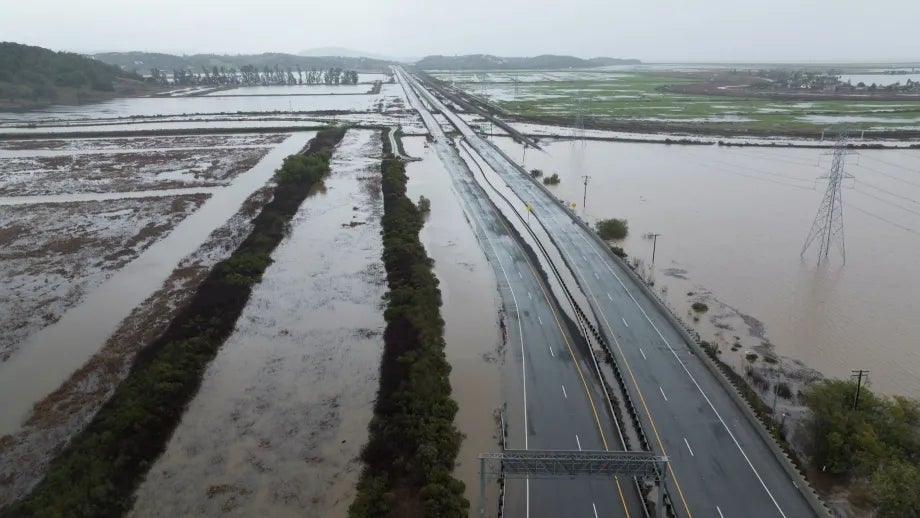Flood, Fire, Heat, Drought: BARC Report Charts Course for Coordinated Adaptation
A new report issued by the Bay Area Regional Collaborative (BARC) documents how the overall climate adaptation system in the Bay Area functions and identifies next steps in exploring responses to address sea level rise, inland flooding, water quality, drought, extreme heat, wildfire and air quality.
The report lays the foundation for creating a more robust and coordinated system for adapting to and adequately preparing for changing climate conditions throughout the Bay Area. This is a complex challenge requiring cities, counties and regional agencies to coordinate a collective response to a wide array of hazards.
For a region as diverse as the Bay Area — nine counties and 101 cities — a regional approach allows for a broader evaluation and analysis of issues. This can help ensure resources are focused where they are needed most, particularly in vulnerable and frontline communities that are disproportionally affected by climate change impacts.
By identifying gaps and opportunities, the new report provides a guide for BARC and its member agencies to explore and align their respective roles in advancing adaptation. Capturing the existing baseline of adaptation activity in the Bay Area by mapping the programs, roles, authorities, partnerships, and responsibilities of regional agencies, the report also assesses the technical assistance available for local climate adaptation initiatives.
BARC was established by the California state legislature (SB 849, Torlakson, 2004) to coordinate the policy and planning work of the MTC, the Association of Bay Area Governments, the Bay Area Air Quality Management District and the Bay Conservation and Development Commission. It also benefits from the involvement of executive leaders from Caltrans District 4, the California State Coastal Conservancy and the San Francisco Regional Water Quality Control Board.


Submit your comment
In order to receive a reply to your comment, please provide an email address.